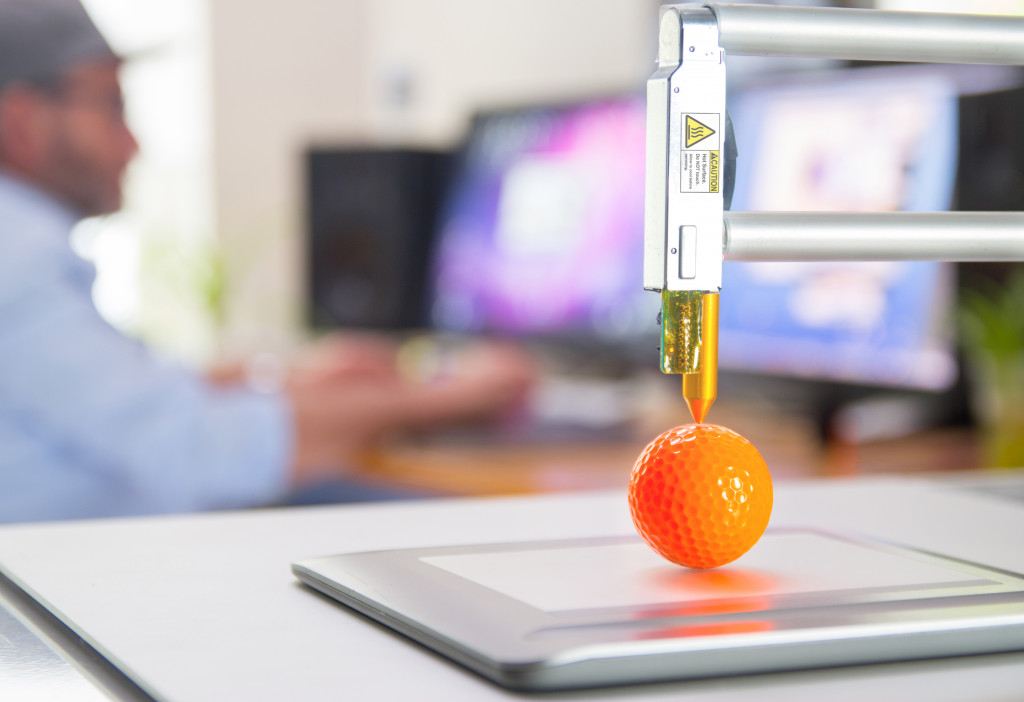The worlds of technology and art have always been intrinsically linked. From German poet Johann Wolfgang von Goethe who published materials on both color theory and botany, to the father of neuroscience Dr. Santiago Ramon y Cajal whose drawings were able to bring to life how neurons communicate using an electrical and chemical signal, no shortage of artists and scientist-innovators constantly toed the line between science and art. Things are no different in the 21st century, with so many more technological tools at artists’ disposal. Here are some new technologies and trends digital artists must explore if they want to continue to innovate their work.
Marriage of digital and analog
Digital and graphic design artists are known for utilizing computers and devices to bring to life images from their imagination, but many are also putting a twist to their work by combining digital and analog tools. An example is rendering an image on aluminum through the use of a device or a computer. This system paves the way for the artist to make as many modifications as they want until the minute the file is translated into the physical space.
Silk screening
Another interesting technology is silk screening, which is the process of ink-blocking stencil on a screen and using that ink to wipe or smudge across the screen so that the ink will only pass through to a specific printing surface. This is a tool popularized by artists like And Warhol and Roy Lichtenstein in the 1960s. But thanks to modern technology, this process is made even more sophisticated through digital print screening, which made things easier for artists everywhere.
3-D printing

One of the best things about technology is that it has democratized so many things in our world, from social interaction to things like music and art. Before the digital tools that we enjoy now, not many people would have been inclined to try their hand at art or photography, especially since those skills require working practically with your hands. And while we should never downplay the skills of artists who still choose to use analog and who are more purist in their work, we also shouldn’t invalidate artists who got their start in art through these new innovations.
One example of this is 3-D printing, a tool that has allowed newbie sculptors to try their hand at making 3-D art even if they have no experiencing with molding the clay. And thanks to 3-D printing, more and more traditional sculptors can bring their vision to life with more convenience, and with the help of 3-D printing services.
Digital installations and virtual reality (VR)
Yet another technological innovation changing the world of art is the merging of digital art and virtual reality (VR), which we can see through exhibitions such as Van Gogh: The Immersive Experience. This innovative experience allows people across the world to feel like they are literally stepping into a Van Gogh painting, thanks to tools like 360-degree projections, 15,000-square-foot screens, and VR. The state-of-the-art virtual projection technology gives audiences an immersive experience that allows them to journey through the artist’s most famous works, enforced by projection mapping and breathtaking sound effects. And through the use of VR, audiences get to enjoy an out-of-this-world atmosphere and impressive sound show. These new technologies might forever change the way artists create and how audiences enjoy those works of art.
Animation and the moving image
While not necessarily a new technology since moving pictures have been around since the late 19th century, videos, animation, and the moving image can and will continue to be a staple in the world of art as long as artists find new ways to incorporate them to craft masterpieces. The blending of animation and live-action can make for an incredible 3-D experience, which can help provide an immersive experience for the viewers, just like VR can. This is why artists often use animation and videos to support their digital art installations. Some examples of renowned digital artists who use this medium include Pipilotti Rist, Jacques Perconte, Ryoji Ikeda, Jacques Perconte, Yoshi Sodeoka, and Toni Dove.
The Bottom Line
Part of being an effective artist is using every tool available to improve their work. It’s all about being able to ride the tide of change and setting themselves apart from their contemporaries. Technology and art will always have an intrinsic connection and those who constantly innovate their work using old and new media will always find themselves ahead of the curve. Thanks to technology, there is no shortage of ways to express oneself, regardless of skill level or training.
